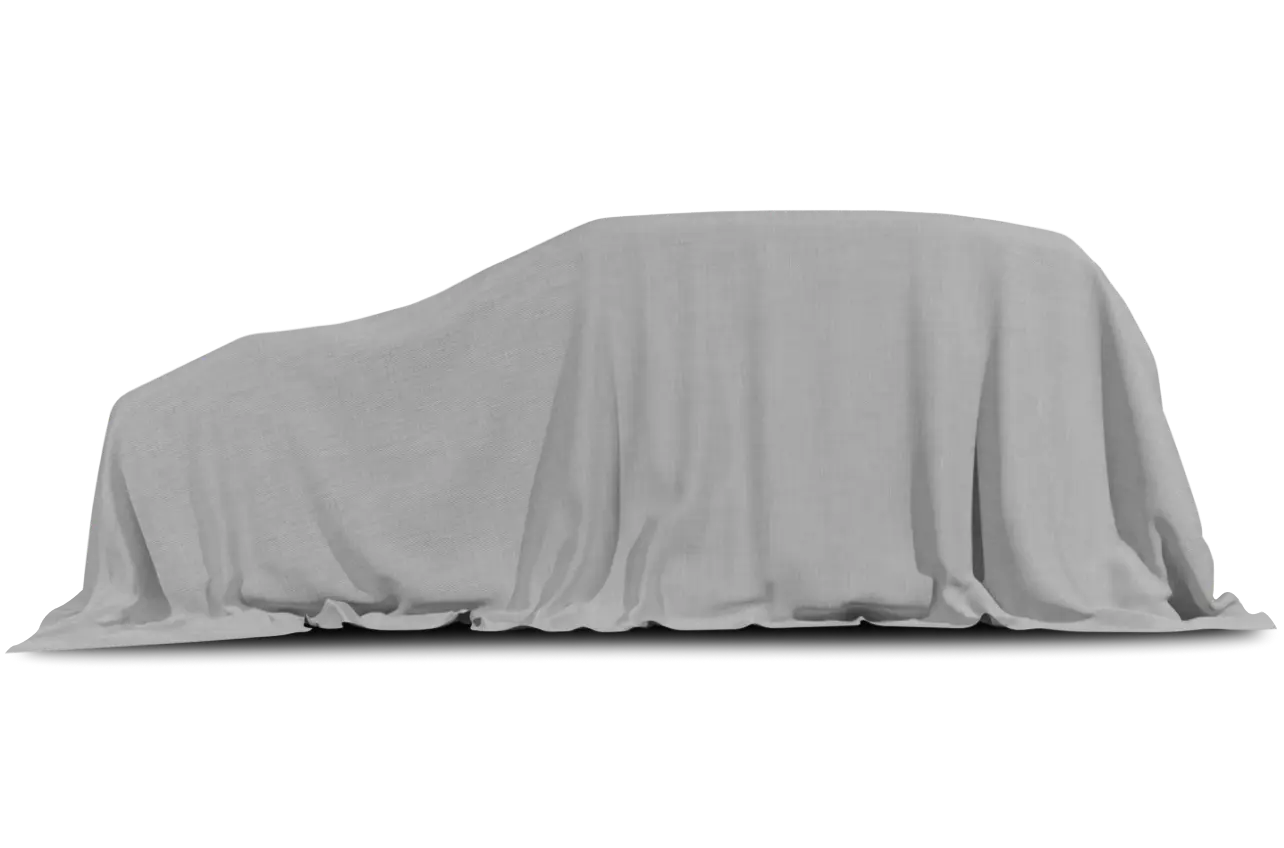
When Toyota redesigned its best-selling Camry sedan earlier this year, it added a new gas-electric hybrid variant — the latest in a series of hybrid models from the Japanese automaker and a head-to-head competitor with the Honda Accord Hybrid.
After accumulating several hundred miles over Thanksgiving week, we both agree the Camry is the best hybrid on the market — but it is not without flaws.
We tested a 2007 Camry Hybrid with $3,000 worth of options and a bottom line of $29,689.
HE: I’m really impressed with how Toyota continues to lead the charge to make hybrid vehicles more mainstream. With the new Camry Hybrid, it’s difficult to tell at a glance that this mid-size family car is any different from its basic gas-engine sibling, outside of the subtle badging on its flanks. There are a few telltale signs when you first hit the stop/start button. The instrument panel lights up, but the gas engine doesn’t fire up until you press the accelerator. There also is a simple display in the instrument pod that shows when the gas engine and electric motor are working while you’re driving. But in most other respects, you’d be hard-pressed to tell this is one of the most technically sophisticated cars on the planet.
SHE: The redesigned Camry — and I’m talking about the conventional gasoline version — is a superior family car. And when you layer on the hybrid technology, it just boosts the Camry into the top rank. It was really amusing to be shuttling our Thanksgiving guests from New York and West Virginia around all weekend in the Camry Hybrid. We did several airport runs, and it was just perfect. We managed to seat four adults comfortably, plus their luggage. The battery pack cuts down on trunk space a bit, but it’s still surprisingly roomy. We even put a week’s worth of groceries back there. And over the entire week, we averaged 33 miles per gallon.
HE: That’s one of my small complaints. Even through 33 m.p.g. is pretty good for a vehicle this size, it’s way short of what the EPA says you can expect — 40 mpg in city driving and 38 on the highway. But in most other respects, the Camry Hybrid is awfully impressive. For one thing, there’s plenty of power for overtaking and passing, with a combined 187 horsepower on tap from the gas engine and electric motor. This also is one of the few continuously variable automatic transmissions I’ve used that feels smooth and seamless, and is well-matched to the engine’s torque curve.
SHE: Everyone who got in the Camry Hybrid with us was mesmerized by the center stack. The climate and audio controls are surrounded by a beautiful translucent blue trim that’s unlike anything I’ve ever seen on a car; it reminds me a bit of my old iMac. Instead of the run-of-the-mill fake wood or fake-metal trim that you see on so many family sedans, this manages to have a contemporary, almost luxurious look to it. In fact, that’s one of the things I really like about the Camry Hybrid — for all intents and purposes, it’s a luxury vehicle without the luxury price. And you don’t have to worry about things like the hybrid system and battery pack because they’re covered by a generous eight-year/100,000-mile warranty.
HE: While we’re on the subject of interiors, I thought I’d mention the optional navigation system, which is one of the best and most intuitive I’ve used. On the down side, the Camry Hybrid had the same trim-fit issues as its gasoline-engine counterpart. The vents, in particular, are seated sloppily in the instrument panel, which detracts a bit from that luxury image you were talking about.
SHE: Toyota didn’t scrimp on safety. The standard equipment includes four-wheel antilock disc brakes, front side air bags and side curtains, plus a driver’s knee bag. It’s no surprise to me that the Camry is on the short list for all the top automotive awards for 2006. For my money, the Camry Hybrid tops that list.
























.png)



